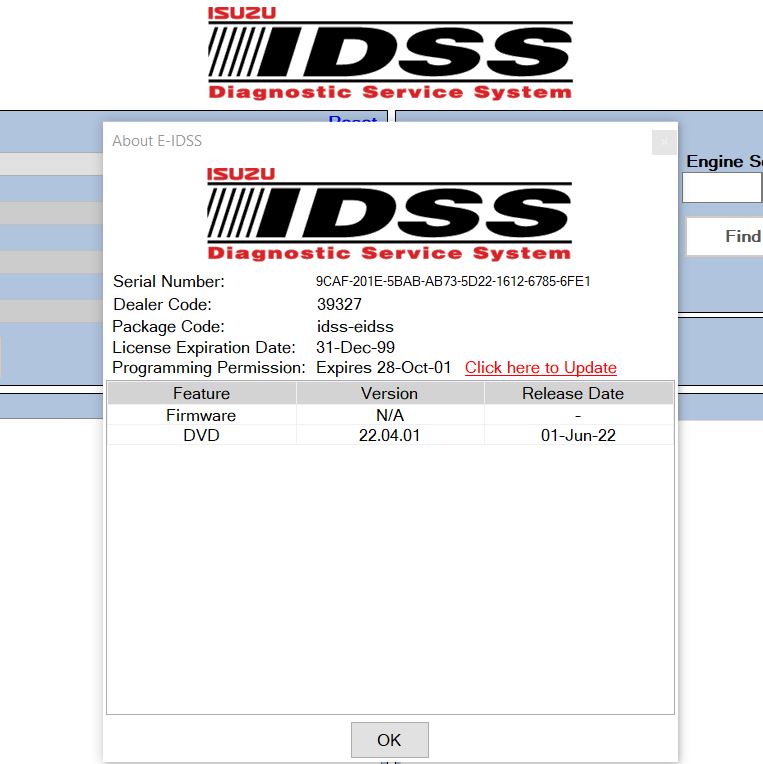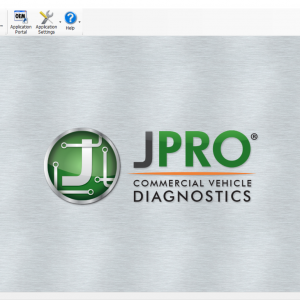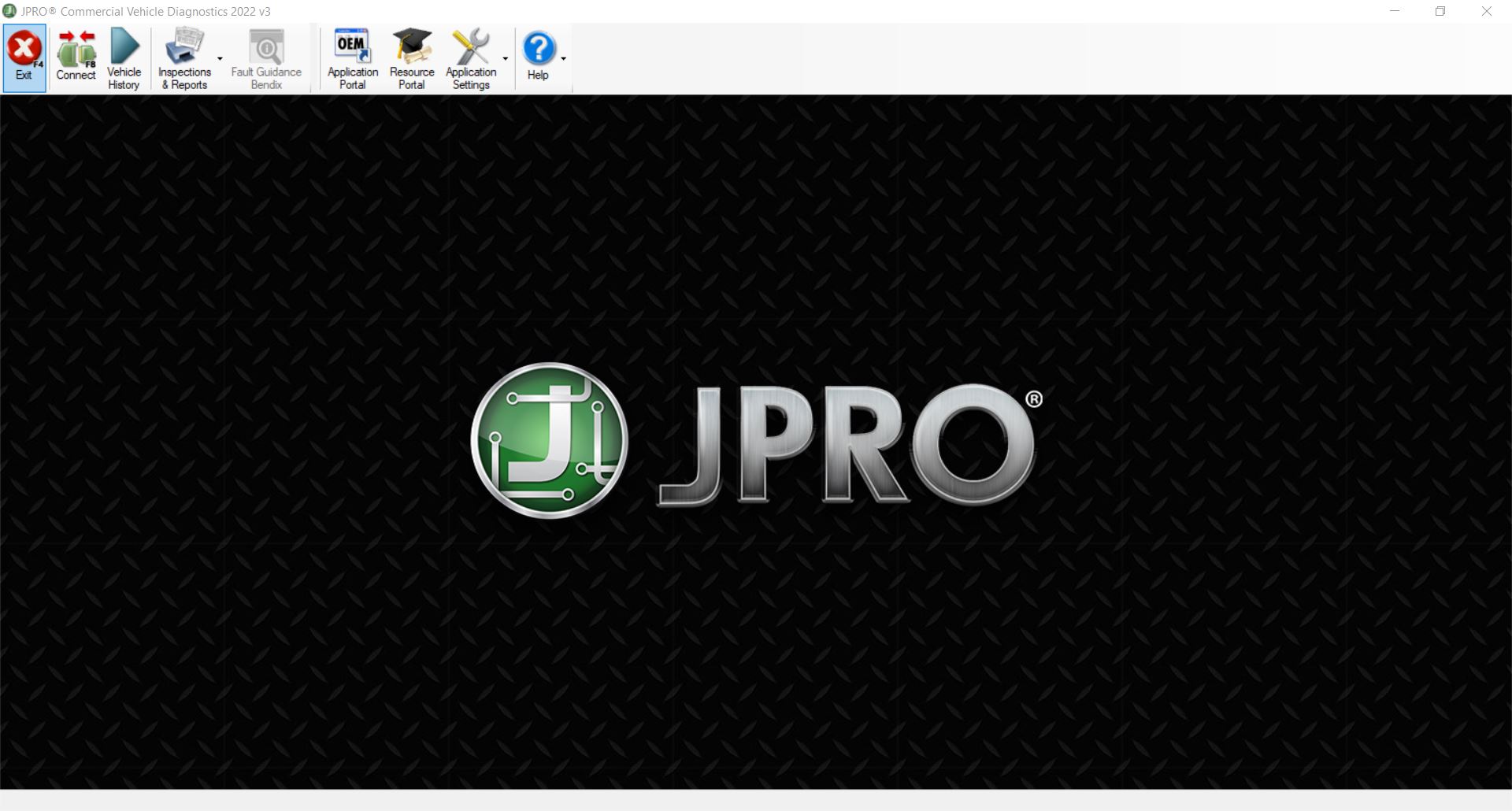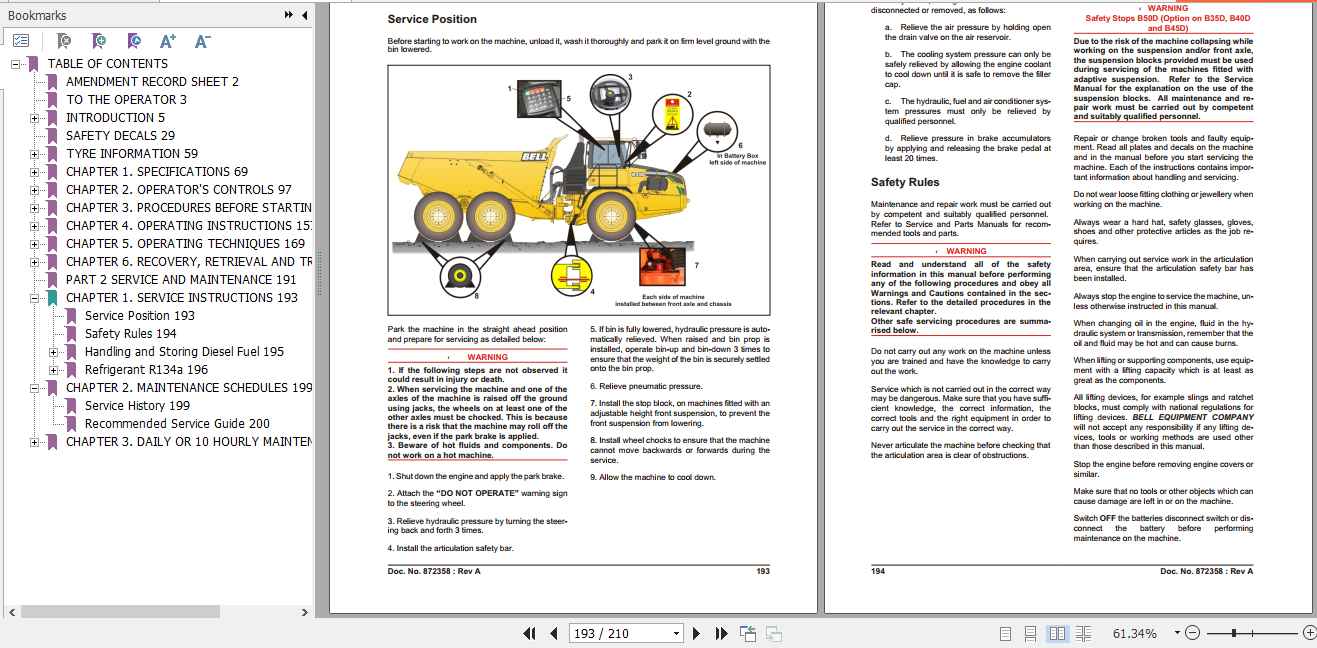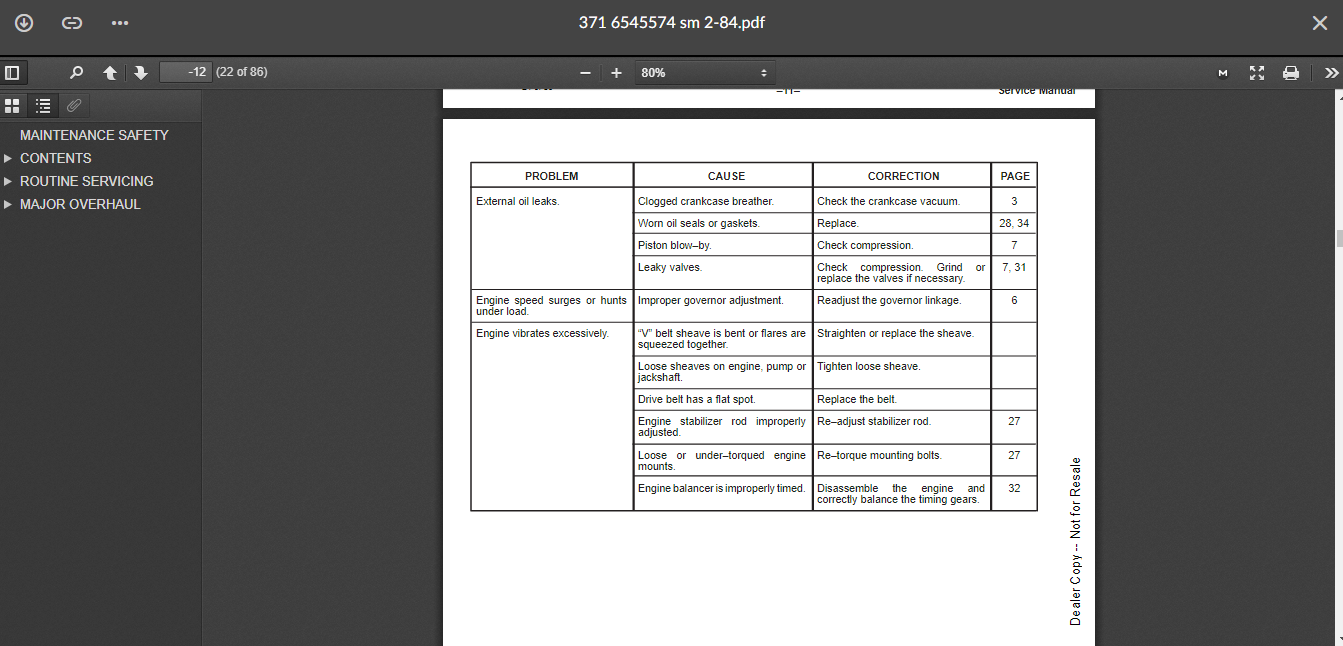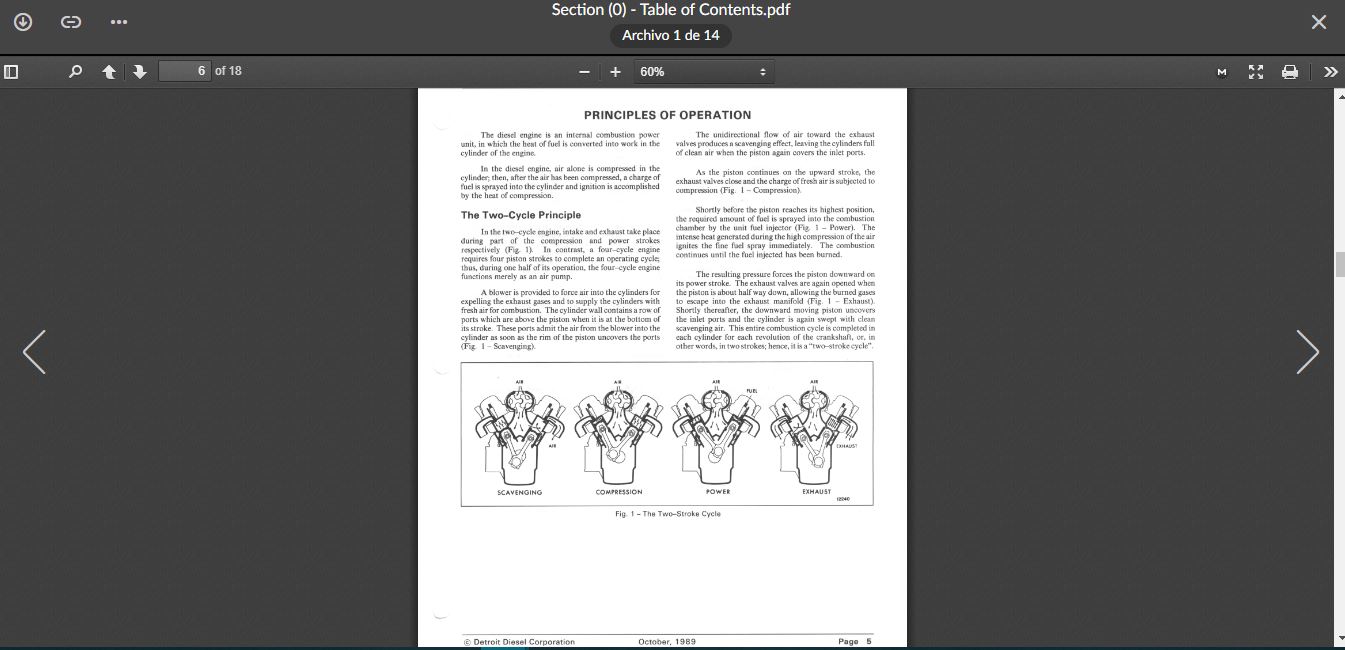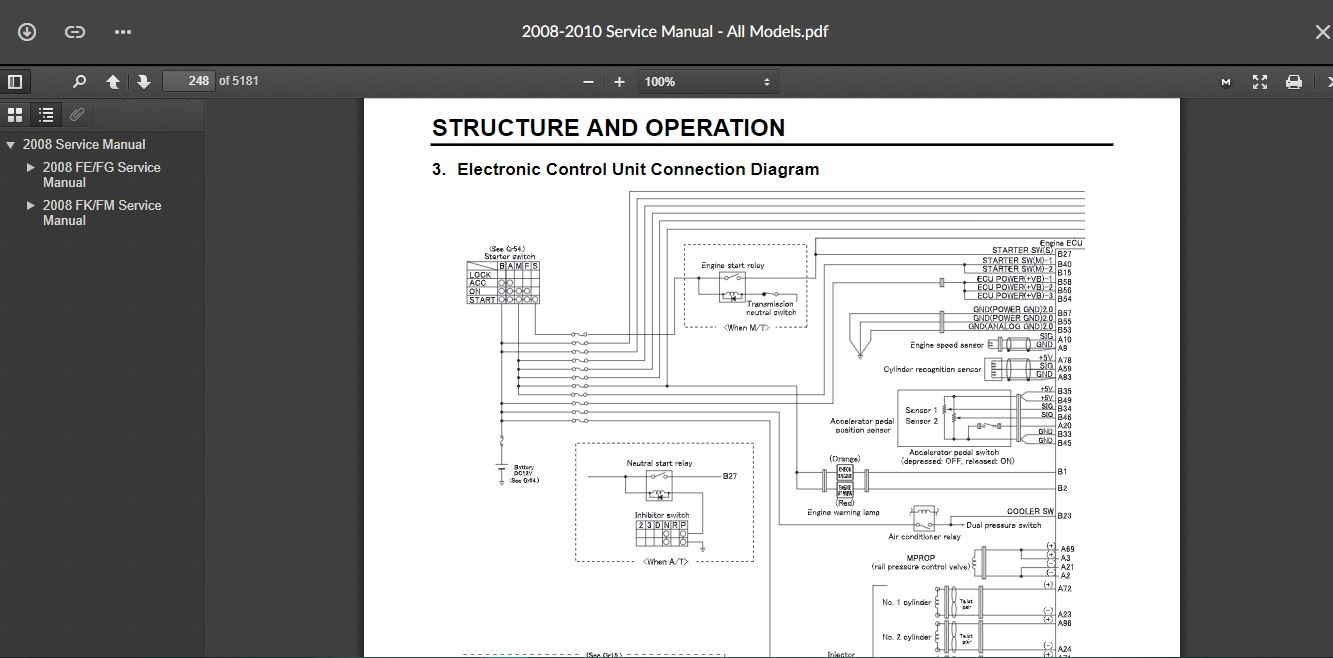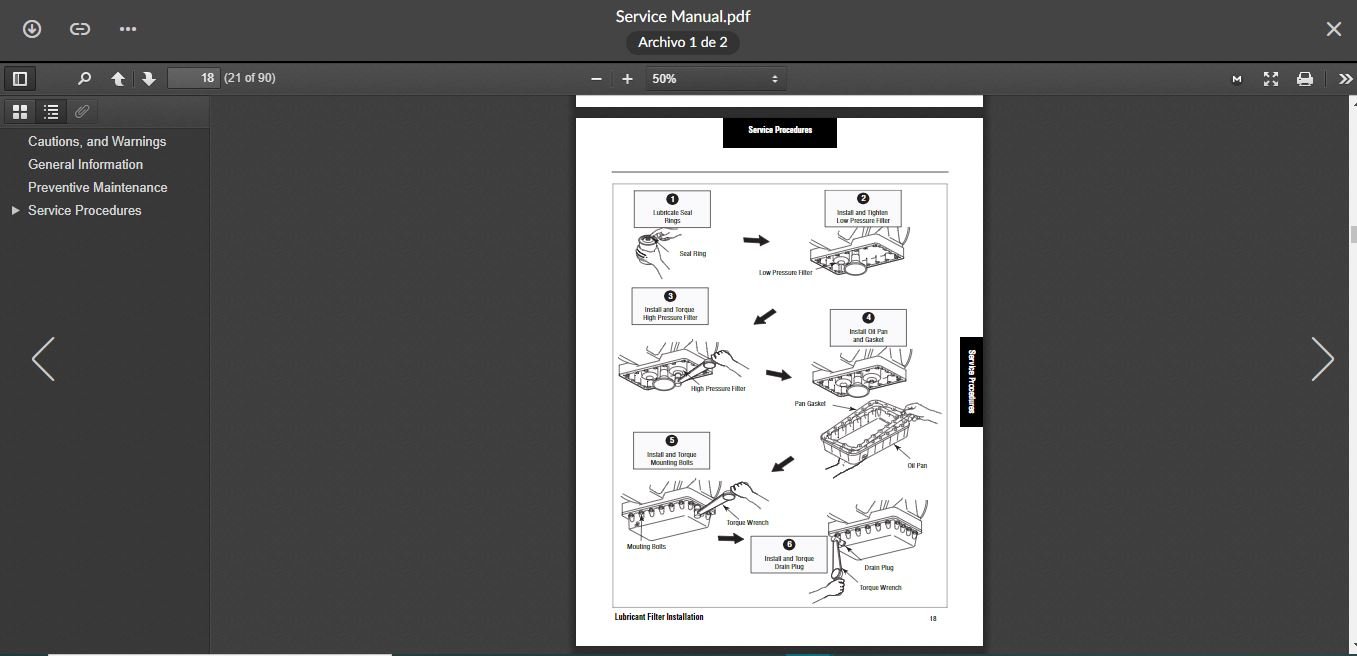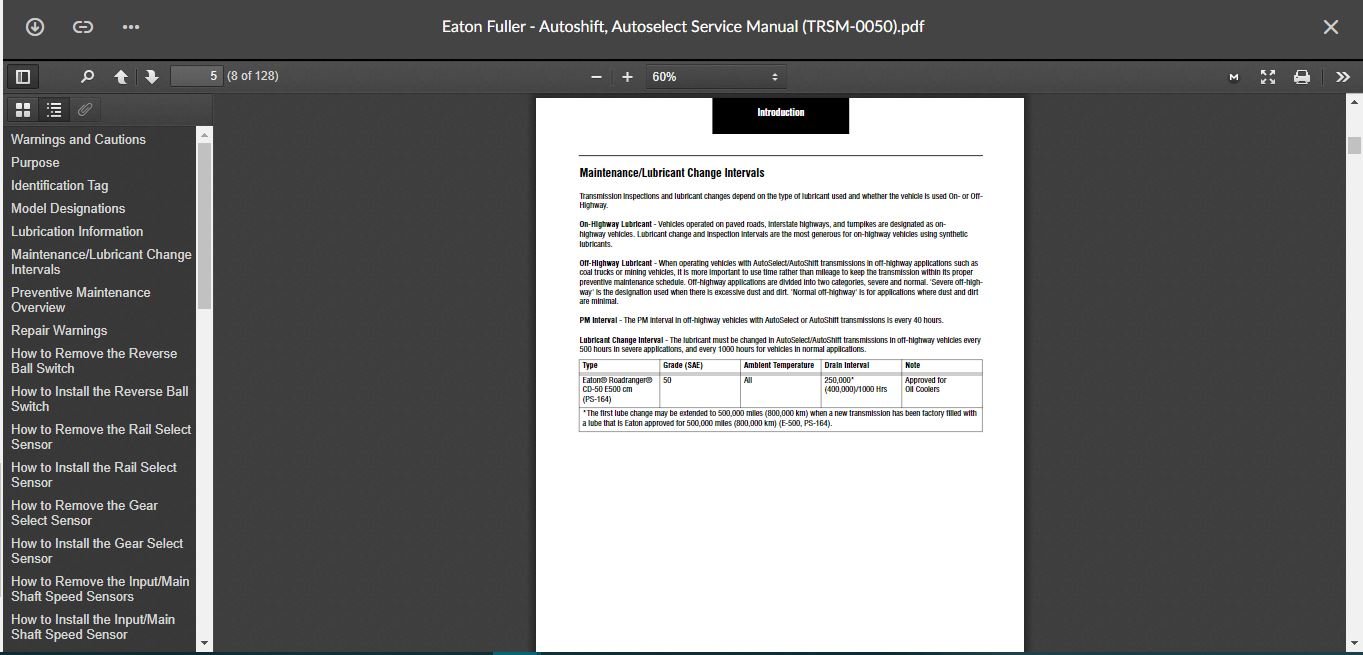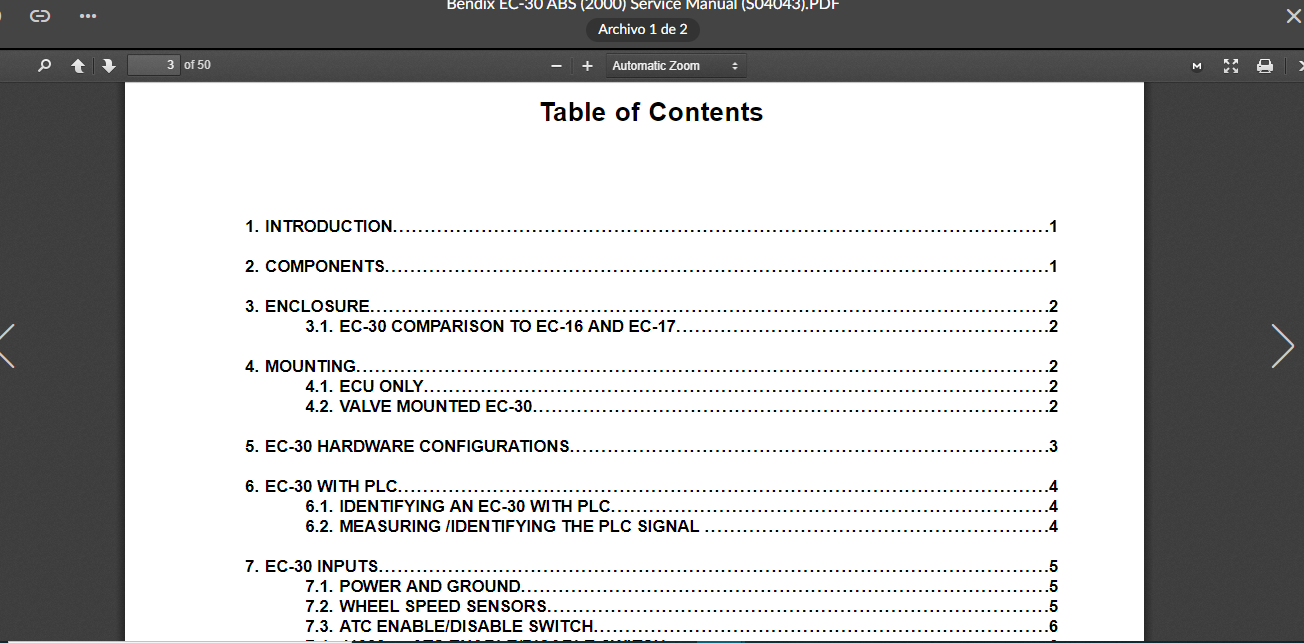Allison 3000 & 4000 Gen 4 Fault Code: P0843 Transmission Pressure Switch 1 (PS1) Circuit High
DIAGNOSTIC RESPONSE:
DNS, Lock in current range
CIRCUIT DESCRIPTION:
C1 and C2 latch valve logic states (stroked/destroked) control clutch pressure routing based on latch valve location. The four possible combinations for C1/C2 latch location are the following:
C1 Latch Valve C2 Latch Valve
Destroked Destroked
Stroked Destroked
Destroked Stroked
Stroked Stroked
The TCM knows which solenoids should be commanded to attain a specific range and will use the PS1 switch state (open= PRESSURIZED and closed = EXHAUSTED) to confirm if the actual transmission range attained matches the TCMs known commanded range.
PS1 is used by the TCM to sense the PCS2 regulator (trim) valve position (stroked or destroked) and the C3 clutch state (pressurized or exhausted) when the C5 clutch is filled. C5 is filled in Reverse, Neutral, and 1st range. Also, PS1 is used to sense the C1 and C2 latch valve positions (stroked/destroked) when the C5 clutch is exhausted. C5 is exhausted in Low (7-speed) and 2nd through 6th ranges.
During normal operation the TCM expects PS1 to indicate PRESSURIZED (open) in Reverse and 2nd through 5th ranges. The TCM expects PS1 to indicate EXHAUSTED (closed) in Neutral (N), Low (for 7 speeds), 1st and 6th range. DTC P0843 becomes active if the PS1 switch is detected as PRESSURIZED (open) when it should be detected EXHAUSTED (closed).
With key ON and engine OFF, normal PS1 state is EXHAUSTED because it is a Normally Closed (NC) switch.
When PS1 is closed, W177 (PS1 input) is switched to W158 (analog return) and the diagnostic tool shows the switch EXHAUSTED. When PS1 is open, W177 will pull up the voltage internally on terminal 77 and the diagnostic tool shows the switch PRESSURIZED. PS1 opens at approximately 175-200 kPa (25-30 psi).
CONDITIONS FOR RUNNING THE DTC:
1. TCM initialization is complete.
2. Hydraulic system pressurized.
3. Transmission fluid temperature greater than -10°C (14°F).
4. When C5 clutch command is not in transition.
5. When C5 clutch is commanded off or PCS2 is commanded off, and at least one latch valve is commanded to be destroked.
6. When at least one latch valve is expected to change from stroked to destroked.
CONDITIONS FOR SETTING THE DTC:
DTC P0843 sets when PS1 indicates PRESSURIZED (open) when the TCM expects PS1 switch state to be EXHAUSTED (closed). DTC may set while commanding Neutral, 1st, a 5-6 upshift, a 2-1 downshift, or 6th range.
ACTION TAKEN WHEN THE DTC SETS:
When DTC P0843 is active:
1. If failure occurs while in a forward range, then shift to another forward range. If failure occurs while in Neutral (N), the transmission remains in Neutral (N). If failure occurs while in Reverse (R), the transmission remains in Reverse (R) or shifts to Neutral (N). Once range is attained, the transmission will be locked in range. There is no response to shift selector requests.
2. The TCM inhibits TCC engagement.
3. DTC is stored in the TCM history.
4. The CHECK TRANS light illuminates.
5. The TCM freezes shift adapts (DNA).
CONDITIONS FOR CLEARING THE DTC:
Use the diagnostic tool to clear the DTC from the TCM history. The TCM automatically clears the DTC from the TCM history if the vehicle completes 40 warm-up cycles without failure.
DIAGNOSTIC AIDS:
DTC P0843 can be caused by:
1. Unapproved fluid, contaminated fluid, e.g., glycol, water, etc.
2. W177, W151, or W158 high resistance or an open circuit in chassis harness.
3. W177 (terminal 3 of 20-way), W158 (terminal 19 of 20-way), or W151 (terminal 10 of 20-way) high resistance or an open circuit in internal transmission harness.
4. PS1 issues such as:
– PS1 switch stuck mechanically open.
– PS1 intermittently will not close.
– PS1 high resistance or open circuit.
5. PCS2 trim valve or PCS2 solenoid issues such as:
– Broken trim spring.
– Debris in PCS2 trim valve bore sticking valve.
– PCS2 will not exhaust.
6. C1/C2 latch valve issues such as:
– Debris in valve body sticking C1 or C2 latch valve.
7. Defective solenoids PCS2, PCS3, SS1, or SS2 (7-speed models).
8. Unlocked connectors, expanded terminals, poor pin crimps or unlocked pins causing high resistance or open circuit.
9. Broken or defective connector assemblies allowing pushed back pins to short together.
10. Unlocked connectors, missing seal plugs allowing moisture in connectors.
11. Incorrect service parts installed, e.g., non-prognostics channel plate gasket used on prognostics control module, etc.
NOTE: Channel plates, solenoid and main valve bodies, separator plates, and channel plates are incompatible between former non-prognostics control valve modules and current prognostics control valve modules. Do not intermix parts because DTCs will result.
12. Low or loss of C5 pressure.
13. Low main pressure.
14. Defective TCM.
Review applicable information in Control System and Transmission Specifications to find additional circuit specifications, system and connector diagrams, and troubleshooting tips.
Related
-
John Deere & Hitachi Parts ADVISOR 2020 [08.2020] Offline DVD Spare Parts Catalog
John Deere $120.00Rated 0 out of 5
-
Hino Diagnostic eXplorer 2 – Hino DX2 1.1.19.1 with keygen unlocked ( Hino trucks )
Hino $50.00Rated 0 out of 5 -
download MANCATS II v14.01 2014 Diagnostic software MAN CATS ( virtual machine )
MAN $75.00Rated 0 out of 5 -
DOWNLOAD Paccar ESA Electronic Service Analyst 5.5.0 Diagnostic Software 2023
PACCAR $96.00Rated 0 out of 5 -
PF Diagnose 2.0.2.23 Diagnostics Software 2013 – Full Heavy & Medium Duty with OBDII Support – Online Installation Service
PF Diagnose $60.00Rated 0 out of 5 -
DAF Davie Runtime v5.6.1 Davie XDc ll [02.2019] + Expire Fix 302.00 Unlock ( Windows 7 )
DAF $70.00Rated 0 out of 5 -
PACCAR Electronic Service Analyst 5.4.3.0 SW files 27.03.2021 software trucks
PACCAR $60.00Rated 0 out of 5
Related products
-
Allison 1000 & 2000 Gen 4 Fault Codes: U1041 J1850 (Class 2) ABS Controller State of Health Failure
1000 & 2000 Gen 4 $50.00Rated 0 out of 5 -
Allison 1000 & 2000 Gen 4 Fault Codes: P0122 Pedal Position Sensor Circuit Low Voltage
1000 & 2000 Gen 4 $50.00Rated 0 out of 5 -
Allison 1000 & 2000 Gen 4 Fault Codes: P1892 Throttle Position Sensor Pulse Width Modulation (PWM) Signal High Input
1000 & 2000 Gen 4 $50.00Rated 0 out of 5 -
Allison 1000 & 2000 Gen 4 Fault Codes: U1016 Class 2 J1850 (Class 2) Powertrain Controller State of Health Failure
1000 & 2000 Gen 4 $50.00Rated 0 out of 5 -
Allison 1000 & 2000 Gen 4 Fault Codes: P0871 Transmission Pressure Switch Solenoid E Circuit Stuck Open
1000 & 2000 Gen 4 $50.00Rated 0 out of 5 -
Allison 1000 & 2000 Gen 4 Fault Codes: P0873 Transmission Pressure Switch Solenoid E Circuit High
1000 & 2000 Gen 4 $50.00Rated 0 out of 5 -
Allison 1000 & 2000 Gen 4 Fault Codes: P1779 Engine Torque Delivered To TCM Signal
1000 & 2000 Gen 4 $50.00Rated 0 out of 5 -
Allison 1000 & 2000 Gen 4 Fault Codes: P1891 Engine Throttle Position Sensor Pulse Width Modulation (PWM) Signal Low Input
1000 & 2000 Gen 4 $50.00Rated 0 out of 5 -
Allison 1000 & 2000 Gen 4 Fault Codes: U0032 J1850 (Class 2) Serial Data Communication Link High
1000 & 2000 Gen 4 $50.00Rated 0 out of 5 -
Allison 1000 & 2000 Gen 4 Fault Codes: U2104 CAN Bus Reset Counter Overrun
1000 & 2000 Gen 4 $50.00Rated 0 out of 5 -
Allison 1000 & 2000 Gen 4 Fault Codes: P2771 Four-Wheel Drive Switch Circuit
1000 & 2000 Gen 4 $50.00Rated 0 out of 5 -
Allison 1000 & 2000 Gen 4 Fault Codes: P0880 TCM Supply Voltage
1000 & 2000 Gen 4 $50.00Rated 0 out of 5 -
Allison 1000 & 2000 Gen 4 Fault Codes: U1096 J1850 (Class 2) IPC Controller State of Health Failure
1000 & 2000 Gen 4 $50.00Rated 0 out of 5 -
Allison 1000 & 2000 Gen 4 Fault Codes: U1064 J1850 (Class 2) TBC Controller State of Health Failure
1000 & 2000 Gen 4 $50.00Rated 0 out of 5 -
Allison 1000 & 2000 Gen 4 Fault Codes: P0875 Transmission Reverse Pressure Switch Circuit Malfunction
1000 & 2000 Gen 4 $50.00Rated 0 out of 5
-
SERVICE MANUAL Eaton Fuller® HD FR/FRO TransmissionsTRSM2400April 2013
TRUCK MANUALSRated 0 out of 5 -
SERVICE MANUAL Eaton Fuller – Autoshift, Autoselect Service Manual (TRSM-0050)
EATON $25.00Rated 0 out of 5


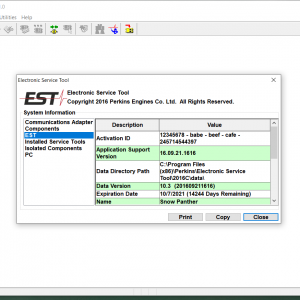


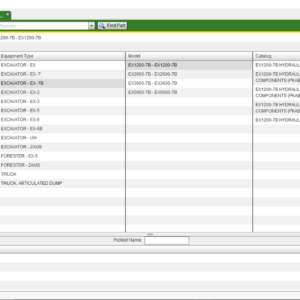




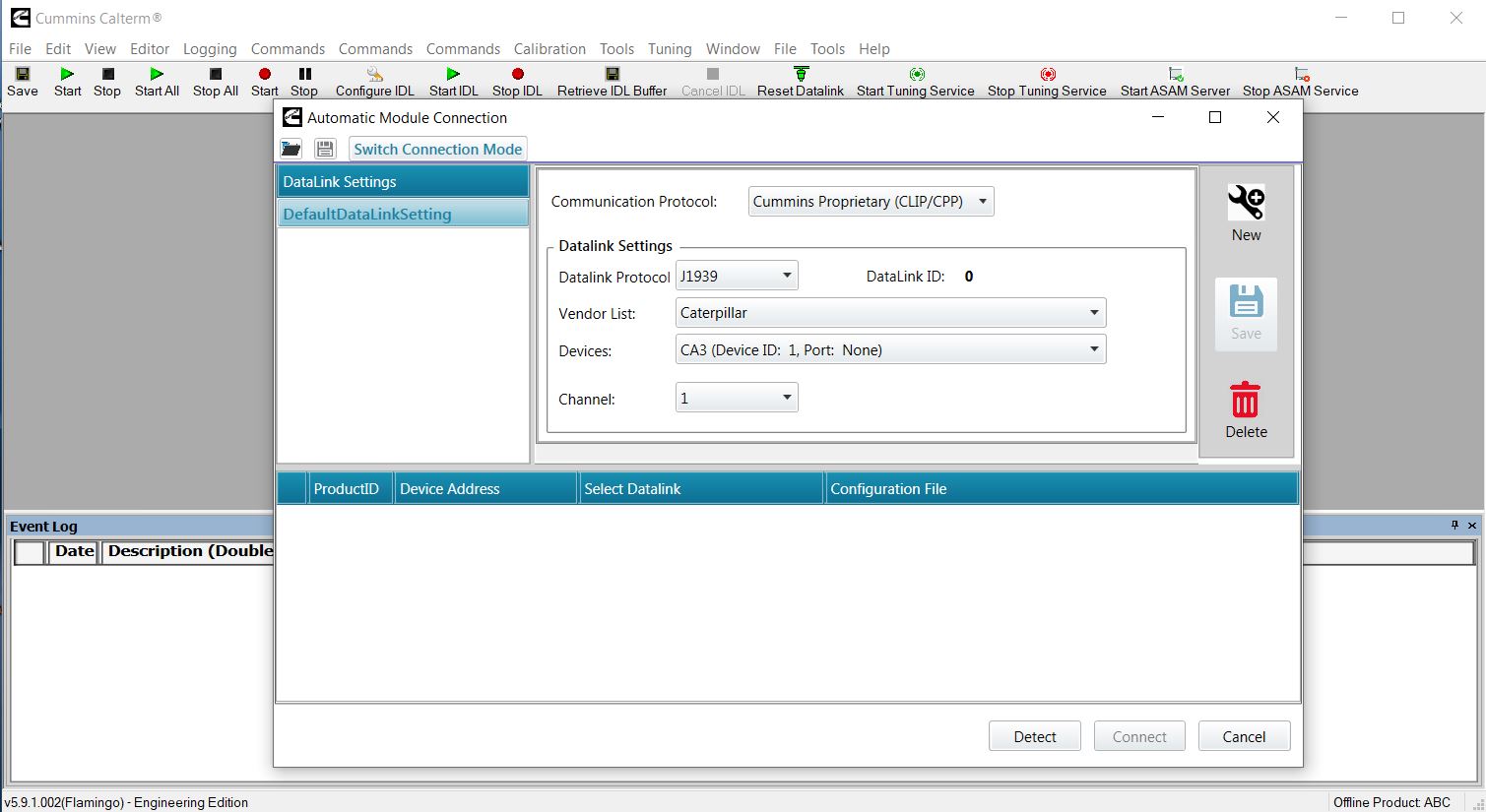

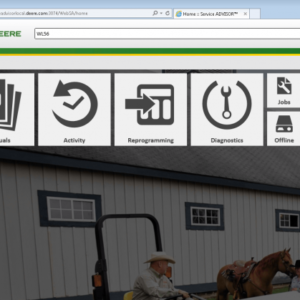

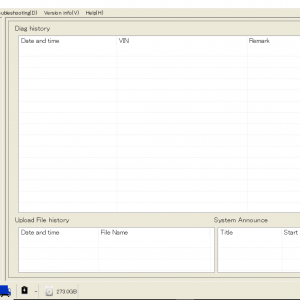

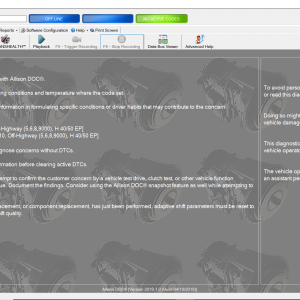


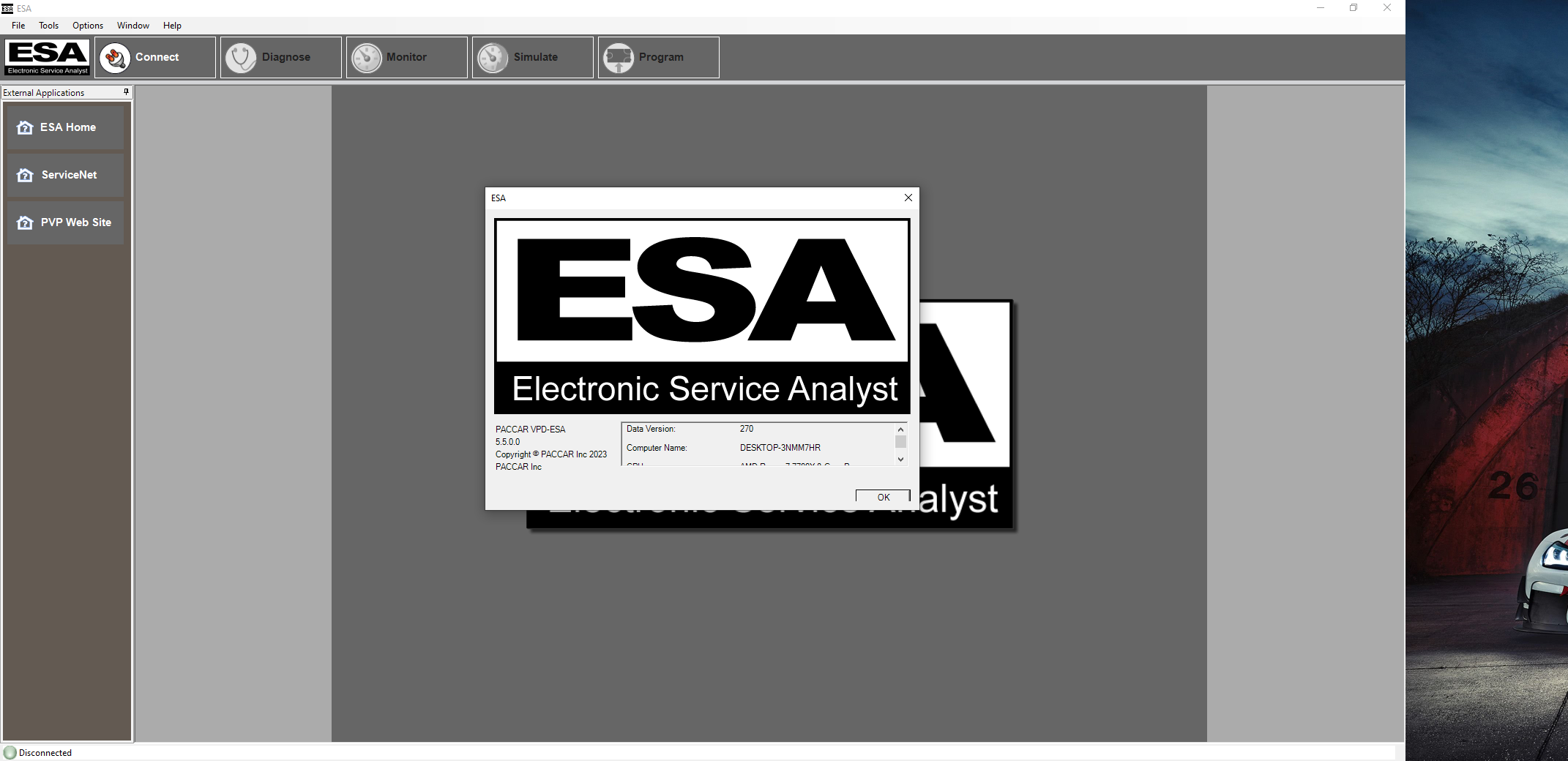
![DOOSAN DMS-5 3.1.3 [2023.11] diagnostic software](https://i0.wp.com/www.ecuforcetruck.com/wp-content/uploads/2023/11/1.png?resize=300%2C300&ssl=1)
![DOOSAN DMS-5 3.1.3 [2023.11] diagnostic software](https://www.ecuforcetruck.com/wp-content/uploads/2023/11/Captura-1.png)


